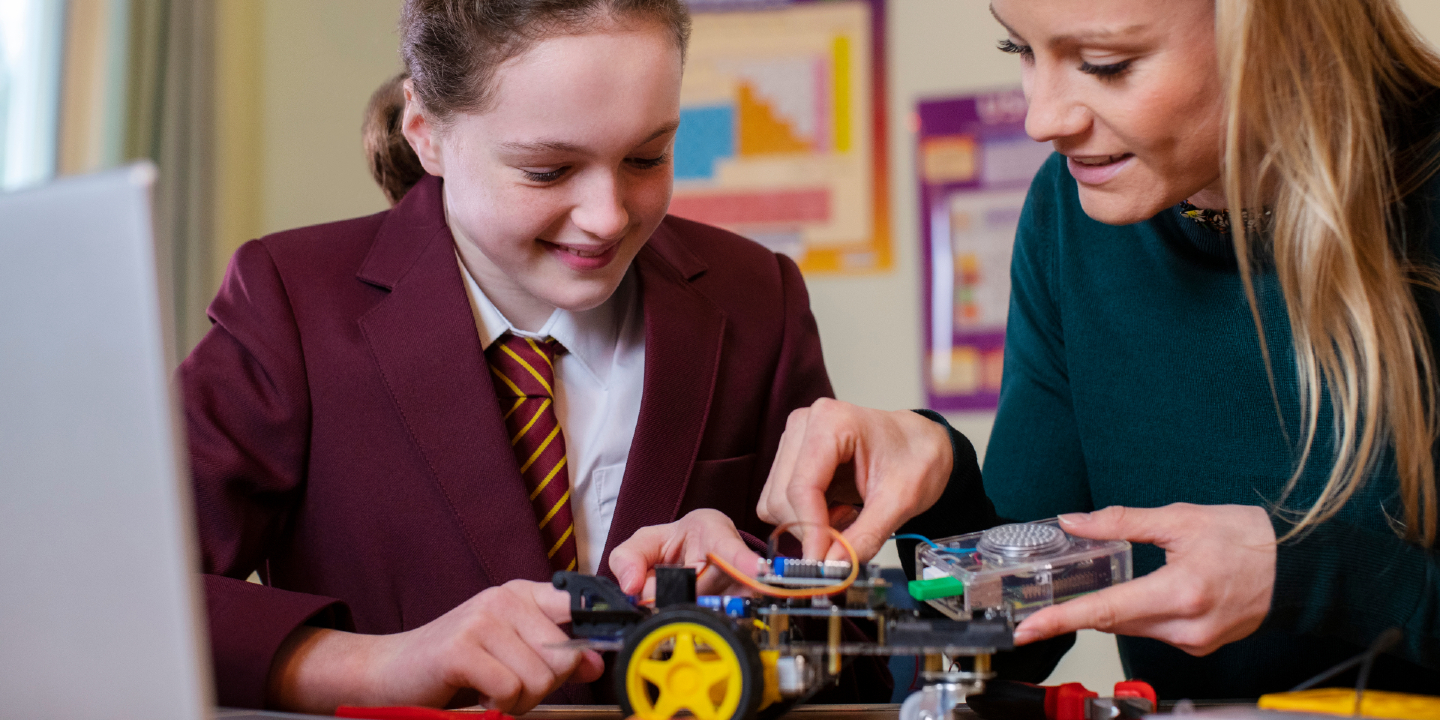
Eight ways to better engage girls in digital technologies education
Research 25 Aug 2023 4 minute readResearch conducted by ACER for CSIRO has identified several factors that could facilitate greater engagement of young women in digital technologies education.
The research, which was funded by the Australian Government Department of Industry, Science and Resources through the Digital Careers initiative, began in 2022 and included 2 stages. Stage 1 was a review of key research, policies, and programs. It identified 3 key factors that can facilitate female students’ engagement with digital technology.
Stage 2 involved an online survey of 129 science, technology, engineering and mathematics (STEM) teachers nationwide, interviews with a small group of tertiary educators in the field, and focus groups with 14–16-year-old students. The research highlighted several areas where educators can contribute:
- increasing the confidence and awareness of educators in teaching digital technologies
- relating digital technologies to real-world, inclusive contexts
- addressing the gender imbalance in student confidence in STEM subjects
- cultivating interest in STEM/digital technologies from a young age
- challenging the stereotypical portrayal of digital technologies as ‘nerdy’ and ‘uncool’
- equipping parents with more information and resources on cybersafety and the importance of digital technologies for future careers
- clarifying that gaming/coding are only one aspect of digital technologies
- encouraging young women to take digital technologies subjects and degrees with a view to becoming academics and research supervisors.
Reporting the Stage 2 results in Teacher magazine, CSIRO’s Christopher Banks and ACER researchers Sarah Buckley and Kristy Osborne said 25% of STEM teacher respondents did not feel confident or felt only slightly confident teaching digital technologies-related subjects, particularly at the primary level.
‘Increasing confidence in these areas and increasing the awareness of the applications of digital technologies and potential career paths could engage and inspire more young women into these subjects,’ they write.
‘While not every student will leave school wishing to pursue a career in information technology and programming, many future jobs will require workers to be able to use digital technologies to solve various problems.’
Read the full article:
‘Factors facilitating greater engagement of young women in digital technologies education’ by Christopher Banks, Sarah Buckley and Kristy Osborne is available at www.teachermagazine.com